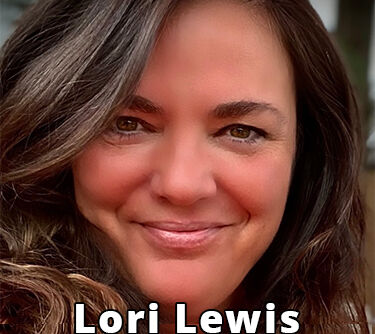Social media management/digital specialist Lori Lewis offers learnings on creating and posting engaging short-form videos
Recently I sat in on an interview with YouTube’s Dir./Shorts, who only goes by the name of David. Shorts is YouTube’s short-form vertical video, similar to Instagram and Facebook “Reels” or “TikToks.”
While the most important takeaway is at the end of this piece, here are a few learning moments:
People do different things with short-form video compared to long-form video because they are different formats.
For example, with long-form, it’s mostly intentional viewing and it’s the title/description or thumbnail that prompts people to watch.
With short-form, people are swiping/scrolling through a feed and they’re discovering as they go. Discovery happens with the proper hashtag.
But hashtags only matter if they’re meaningful.
Too many are unnecessary.
Freshness is a factor over time of day to post.
YouTube has a new metric every platform should implement.
The metric is “viewed” vs. “swiped away.”
This helps gauge what grabbed the audience more. David added, “Whether your video is 15 seconds or 60 seconds (max length with Shorts), grabbing people in the first few seconds is important.”
When asked what the ideal length is, David responded, “The thing to really think about is what length do you need to tell your story? Don’t target an exact length. Focus on making sure the content is what the audience wants.”
(And how do you know what the audience wants? Study the content. It’s what we do every day – that’s how you grow. See below)
Quantity does not matter.
If you create and post a bunch of videos with meager engagement, that energy is probably better spent just making a better video and fewer of them.
There are parts of the algorithms that try to find people who will enjoy and interact with your content. If all people are doing is watching the first few seconds and swiping, it’s teaching the algorithms it wasn’t of value to them. That can stunt distribution.
This is also good to know:
If a Short doesn’t generate great engagement, don’t delete it.
That practice can often be seen as spam.
If your short-form video didn’t go the way you wanted it to go (in regard to engagement), learn from it and try again.
Strive to make a better version, that’s all.
Here was the best part of the interview:
When trying to understand the algorithms, there’s no secret to unlock.
The Audience Is The Algorithm
Like all social media platforms, YouTube works to get people the short-form videos they value. And that value is determined by who and what they engage with.
YouTube (and other platforms) want users to spend a ton of time in their Feeds and feel satisfied.
So, when you blame the algorithms – it’s not helpful to your growth. It’s about the audience.
Here’s something to consider.
When content doesn’t perform, think of two logics that determine content distribution:
- How quickly people took action on your video (liked, commented, clicked, looked at your profile, etc.)
- How much time people spend with your video
It’s time to start studying content and respecting what the audience wants from you.
I see people study content, and yet still create content the audience rejects.
That’s wild!
There’s an art and science to social media.
Your talent is the art; studying content is the science.
It’s there to help keep the current audience interested as well as create greater appeal for growing the audience.
Just like programming a radio station, there’s an art and science in the journey.
And there’s no difference in the social media space.
Lori Lewis is the founder of Lori Lewis Media, a social media management, marketing, and monetization firm. A former air talent and programmer, Lewis has held social media and digital management positions at Cumulus Media/Westwood One, Jacobs Media and Midwest Communications. Reach her at lori@lorilewismedia.com.
ALSO READ:
The Audience Is Onto Us: Brands And Creators.
The Difference Between Social Media Stories, Posts, and Reels.

